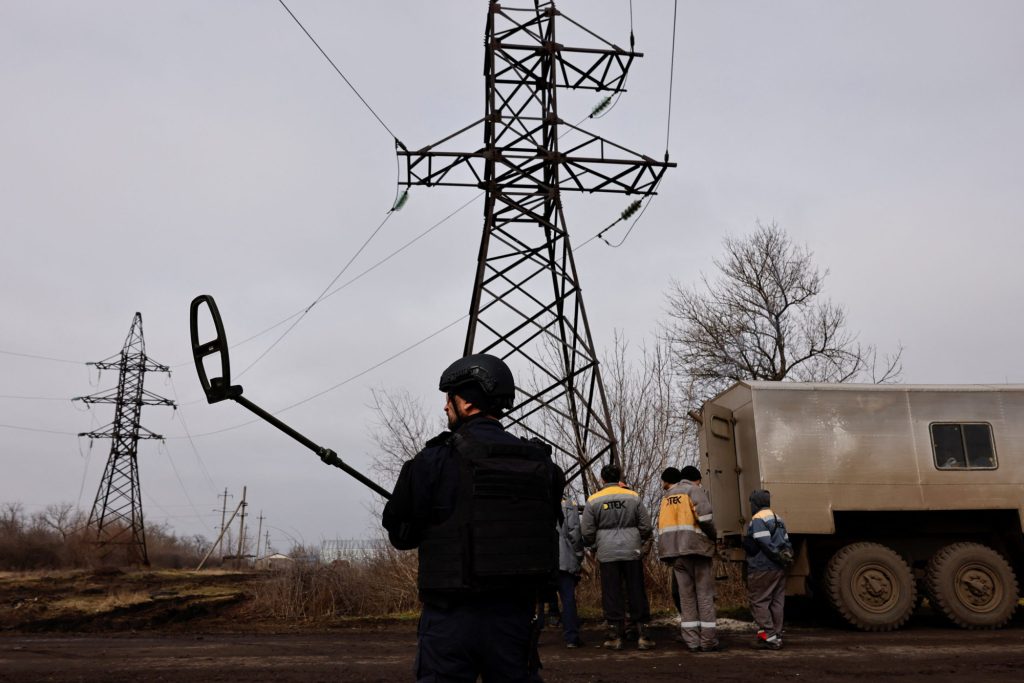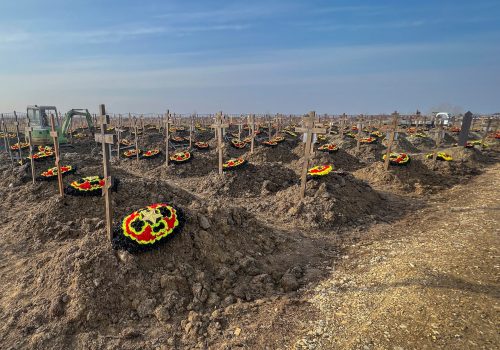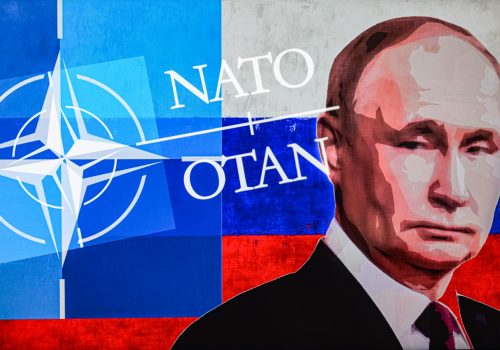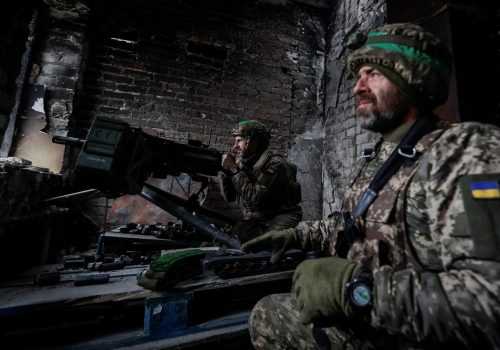For the past seven months, Russia has been waging a campaign of airstrikes against Ukraine’s civilian energy infrastructure with the goal of plunging the country into darkness. These regular bombardments left millions without heating and electricity for much of the winter season but failed to break Ukraine’s spirit. Crucially, Russia has also been unable to disable the country’s energy system. On the contrary, recent months have witnessed a number of encouraging developments which promise to further integrate Ukraine into the wider European energy industry.
One of the most interesting but under-reported achievements so far in 2023 has been the connection of Ukraine’s first biomethane production plant. This facility is one of a series of similar projects that are expected to position Ukraine firmly at the center of Europe’s energy transition. Situated in northern Ukraine’s Chernihiv region, the plant connected to the gas distribution grid in early April. A further four plants are expected to follow suit before the end of the current year.
With more facilities in the pipeline, Ukraine could be producing up to three billion cubic meters of biomethane annually by 2030, which would represent 10% of the EU’s total targeted production. By 2050, Ukraine could scale up production sevenfold to reach an annual level representing around two-thirds of the country’s total prewar natural gas consumption.
Stay updated
As the world watches the Russian invasion of Ukraine unfold, UkraineAlert delivers the best Atlantic Council expert insight and analysis on Ukraine twice a week directly to your inbox.
Since the biomethane molecule is similar to that of natural gas but non-polluting and fully compliant with decarbonization goals, investments to support production and transmission infrastructure are expected to be affordable. This can already be seen in a number of swift upgrades that have allowed existing Ukrainian power generation plants using biomass to undergo partial conversions to biomethane.
Soaring energy prices in the wake of Russia’s full-scale invasion of Ukraine and the blockade of Ukrainian grain exports have helped producers to fast-track their investments in this budding sector. With traditional export routes severely restricted by the Kremlin’s Black Sea grain blockade, some agricultural businesses have used their crops to produce biogas and biomethane. Meanwhile, with European electricity and gas prices reaching record levels last year against a backdrop of Russia’s invasion, biomethane production is now five times more profitable than grain production.
Analysts say Ukrainian-produced biomethane is cheaper for European buyers than volumes produced in EU countries. Thanks to support from DENA, the German biogas register operator, Ukraine will also soon be able to set up its own register, which should allow sellers to provide proof of origin for exported biomethane by the end of this year.
Eurasia Center events

Of course, much of Ukraine’s ability to scale up this segment of the energy industry will depend on how quickly the war ends and on the ability of producers to attract funding. There are signs, however, that international appetite to work with Ukrainian energy industry partners is already growing, even as Russia’s invasion continues.
At the beginning of May, Ukraine’s gas transmission system operator, GTSOU, said it had received interest from non-resident companies looking to import natural gas to the country and possibly store it in underground facilities over the summer months. Prior to the war, more than 100 non-resident companies had signed up to import and store gas in Ukraine. In 2020, for example, a third of the gas stored in Ukraine’s 30 bcm underground facilities belonged to foreign entities. Following the start of Russia’s full-scale invasion last year, this figure dropped to just 2%. However, the latest capacity bookings reported by GTSOU signal renewed international interest in injecting gas despite the ongoing war risk.
This interest is largely driven by a widening spread between current and winter prices, which means traders have an incentive to buy cheaply now hoping to sell at much higher prices later this winter. Storage facilities across the EU are also filling up fast, effectively prompting companies to turn to Ukraine’s vast facilities to store surplus volumes.
Undoubtedly, this will increase Europe’s overall security of supply, particularly during the winter months when gas can be withdrawn and used across the EU. One could argue that Ukraine’s comparatively cheaper storage and transmission tariffs, together with the work carried out both by GTSOU and the storage operator UTG in previous years to attract customers, have also been instrumental in attracting international interest.
Further progress in the storage sector now seems increasingly realistic. Discussions are currently underway at the government and private sector levels to issue war risk insurance for companies looking to store gas in Ukraine. This could provide an extra measure of safety for existing or new clients. Whatever format these insurance measures take, it seems clear that wartime Ukraine remains a critical energy partner for Europe, and will continue to play an important role in the continent’s complex energy transition.
Dr. Aura Sabadus is an energy journalist who writes about Eastern Europe, Turkey, and Ukraine for Independent Commodity Intelligence Services (ICIS), a London-based global energy and petrochemicals news and market data provider. Her views are her own. You can follow her on Twitter @ASabadus.
Further reading
The views expressed in UkraineAlert are solely those of the authors and do not necessarily reflect the views of the Atlantic Council, its staff, or its supporters.

The Eurasia Center’s mission is to enhance transatlantic cooperation in promoting stability, democratic values and prosperity in Eurasia, from Eastern Europe and Turkey in the West to the Caucasus, Russia and Central Asia in the East.
Follow us on social media
and support our work
Image: A member of the de-mining department of the Ukrainian Emergency Services prepares to survey an area of farmland and electric power lines for land mines and other unexploded ordnance for electricians to access power towers damaged by Russian strikes in order to repair them, amid Russia's invasion of Ukraine, in Korovii Yar, in the Eastern Donetsk region, Ukraine, March 20, 2023. (REUTERS/Violeta Santos Moura)




